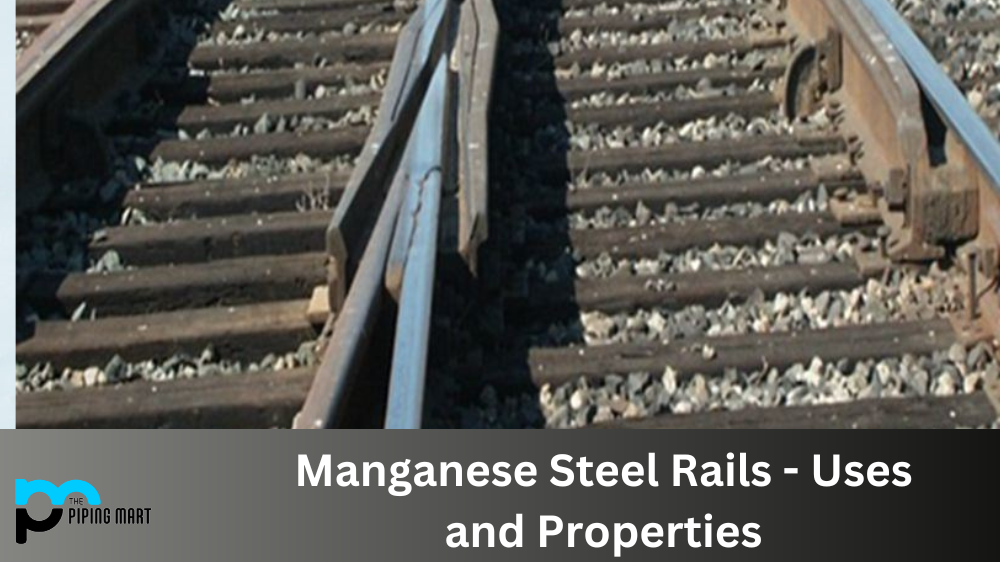Manganese steel has become popular for railway tracks due to its superior strength and durability. This type of steel is made from a combination of manganese, iron, and carbon, resulting in an alloy with improved strength that can withstand high-stress levels. Let’s take a closer look at how manganese steel is used in rails.
Manganese Steel Rails vs. Other Types of Steel
Manganese steel (also known as Hadfield steel) is much more durable than other types of steel because it contains 12-14% manganese. This element adds strength to the steel, making it resistant to corrosion and wear. It’s important to note that ordinary carbon steel rails don’t have this advantage; they are much more susceptible to corrosion, which can cause them to break down over time.
Manganese Steel Rails Uses
Manganese steel is used in various rail applications, including freight moving on main lines and passenger routes. The material also offers superior performance when compared to traditional rail materials such as cast iron or mild steel because it can be bent into different shapes without becoming brittle or breaking apart. In addition, the high abrasion resistance offered by manganese steel makes it ideal for use in heavy-duty applications like mining operations or construction sites where there will be a lot of wear and tear on the rail system over time.
- Manganese steel is an alloy of iron and manganese that is known for its high strength and durability.
- Manganese steel is often used in the construction of railway tracks, as it is able to withstand the high weights and speeds of trains.
- Manganese steel is also used in the construction of buildings and bridges, as it can provide superior strength and support.
- Manganese steel is also used in the manufacturing of various types of equipment, such as crushers and shredders.
- Finally, manganese steel is also used in the production of coins, as it is resistant to wear and tear.
Cost Savings With Manganese Steel Rails
The cost savings associated with using manganese steel rails instead of other types of rails also make them attractive for many businesses. Since these rails are more durable than traditional materials, they require less maintenance and replacement over time—which can result in significant cost savings for companies that rely heavily on rail transport systems for their day-to-day operations. Additionally, since manganese steel is more resistant to corrosion than other types of materials, it can help reduce the costs associated with rust removal and repair work that would otherwise need to be done regularly if traditional materials were used instead.
Conclusion
In summary, manganese steel has become an increasingly popular choice for railway tracks due to its superior strength and durability when compared to other materials like cast iron or mild steel. It offers numerous advantages, such as better bending capabilities without becoming brittle or breaking apart, high abrasion resistance for heavy-use applications like mining operations or construction sites, and cost savings associated with less maintenance requirements over time. If you’re looking for a reliable rail material that will stand up against the toughest conditions, consider investing in manganese steel rails!

Pipingmart is B2B portal specializes in industrial, metal and piping products. Also, share latest information and news related to products, materials and different types grades to help business dealing in this industry.




